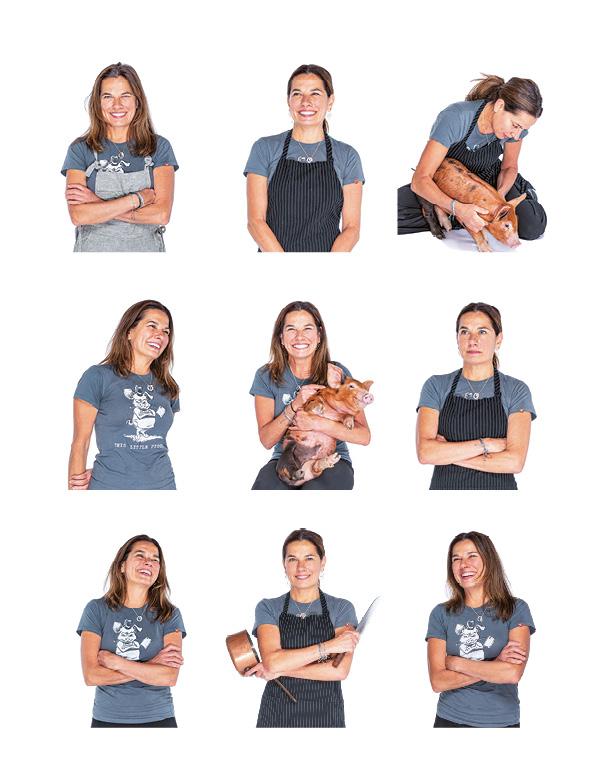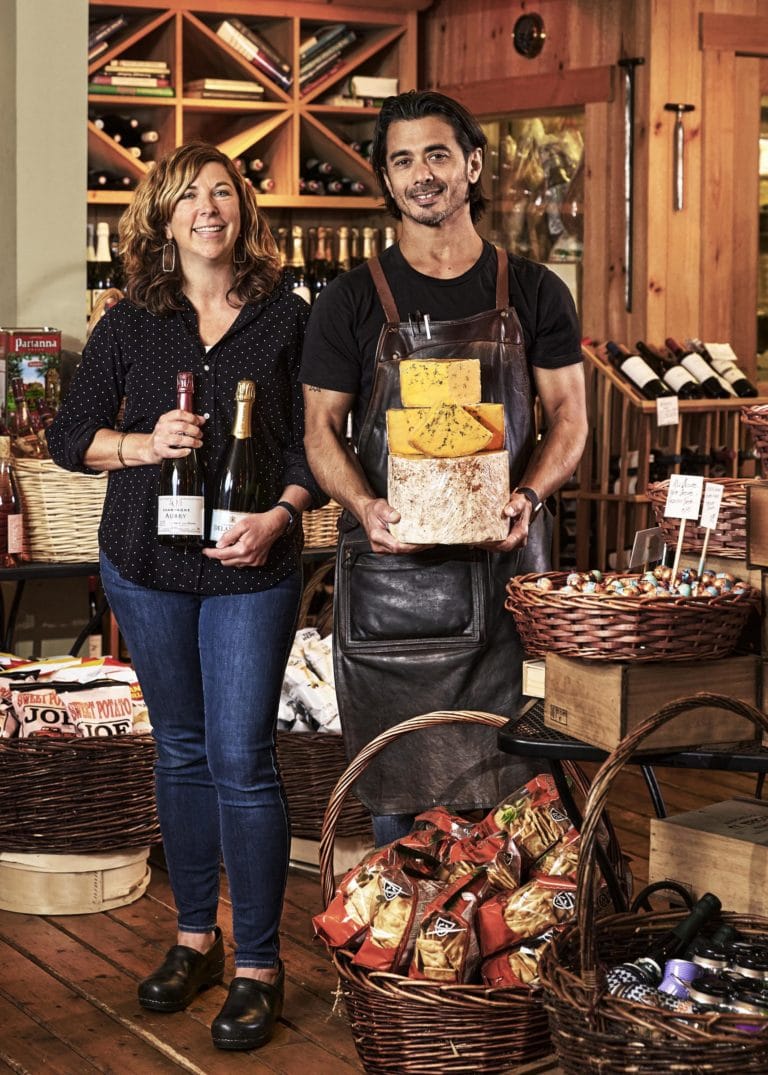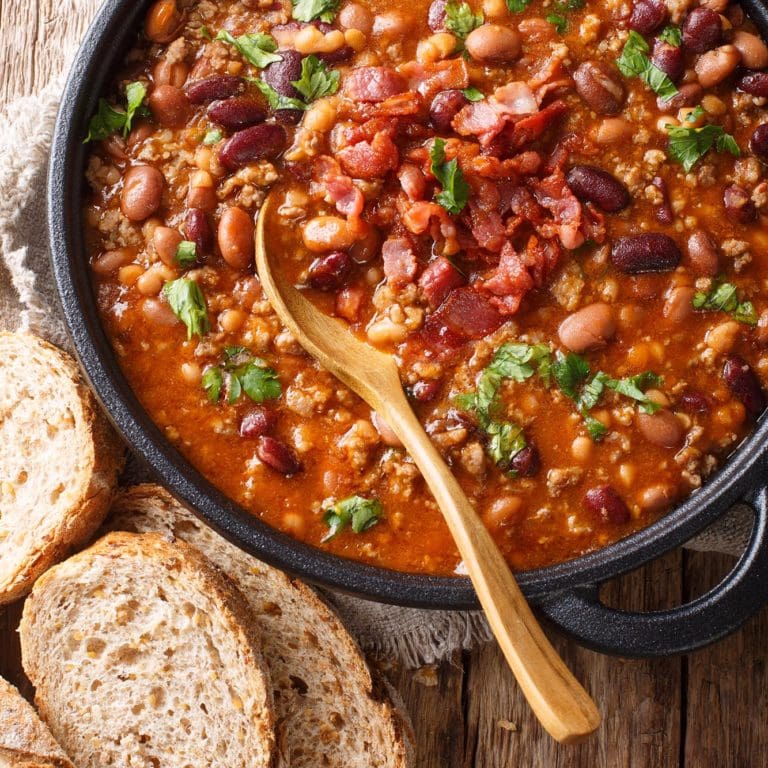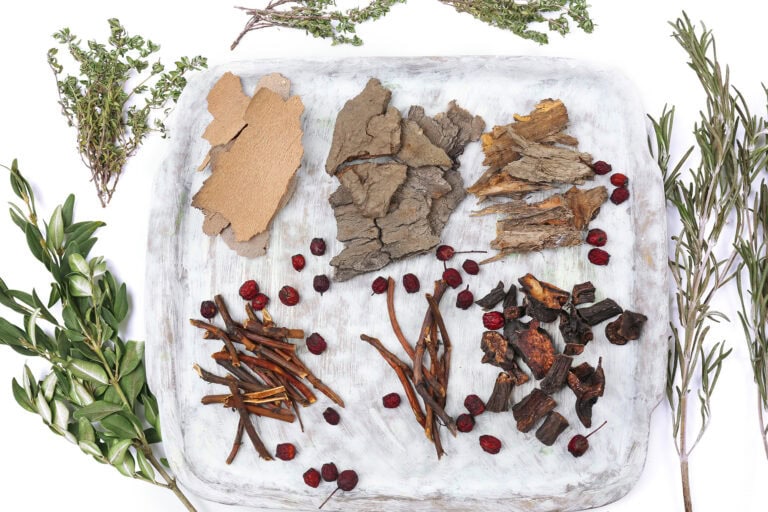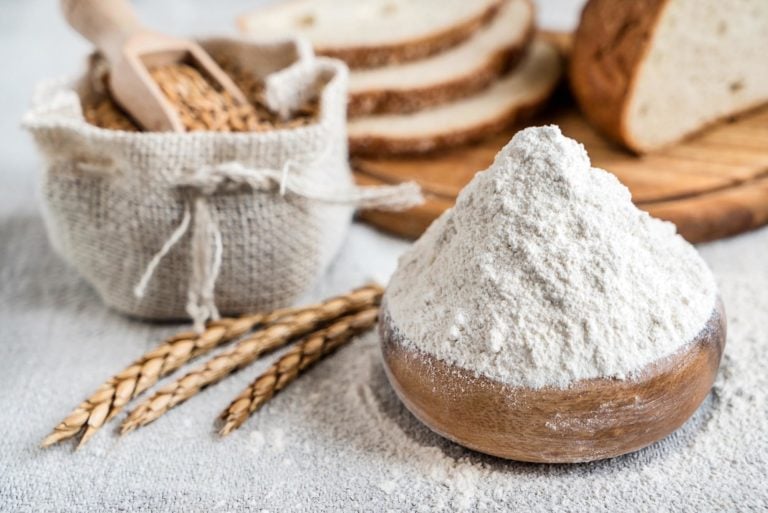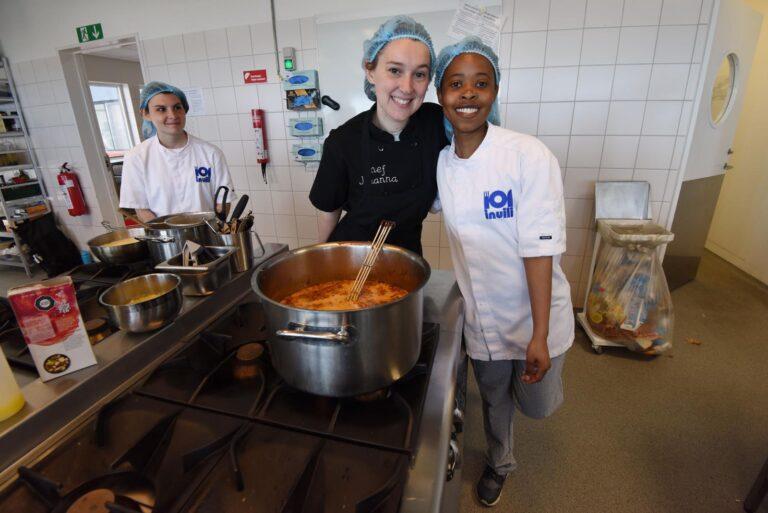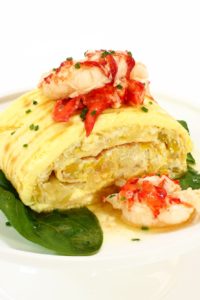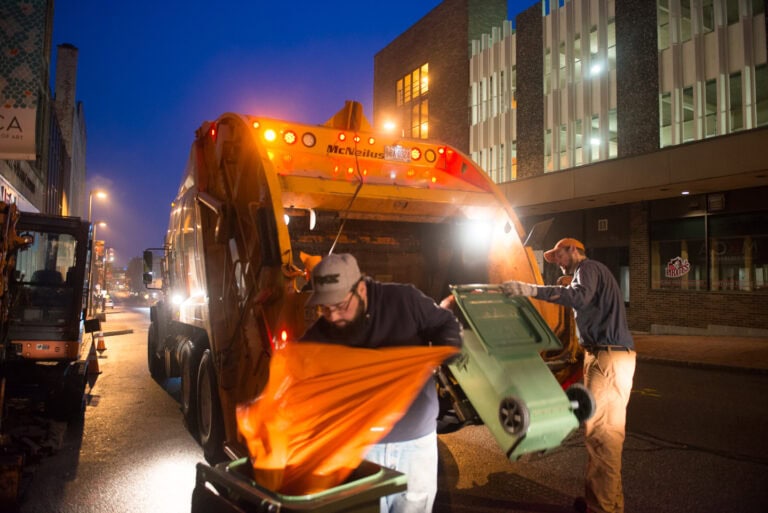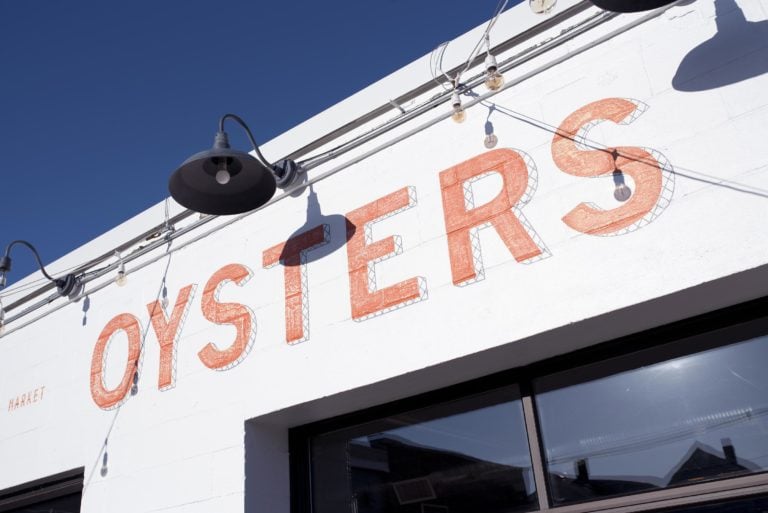With the competition already stiff among Portland’s pizza dons—think Emilio Micucci of Micucci’s, Giovanni Amato of Amato’s, and Mauro Stoppani of Pizzarino, to name a few—Steve Quattrucci opened Monte’s Fine Foods on a busy corner in East Deering in July 2019. When COVID ambushed the city’s food establishments, Monte’s slashed its hours and lost most of its retail staff. But it never stopped selling Roman pinsa pies.
Growing up in Portland in the 60s and 70s, Quattrucci, 59, remembers a seaside city with “an Italian market on every corner.” He ate a lot of pizza at Angelone’s Pizza, a joint owned by family friends that stood the very spot Monte’s now stands. Quattrucci became a chef and founded Back Bay Grill in 1988. He went on to sell specialty foods to restaurants. Together with business partner Neil Rouda, Quattrucci combined his successful wholesale operation and his cooking experience to create Monte’s, a hybrid pizzeria and grocery store.
Quattrucci’s knowledge of pizza transcends the debates over thin vs. thick crust and Neapolitan vs. Sicilian style. Pinsa predates those arguments because it embodies the original pizza. During the Roman Empire, pinsa referred to flatbread served in taverns. The name comes from the Latin word pinsere, which means to push, stretch, or spread. That is exactly how Monte’s dough is handled.
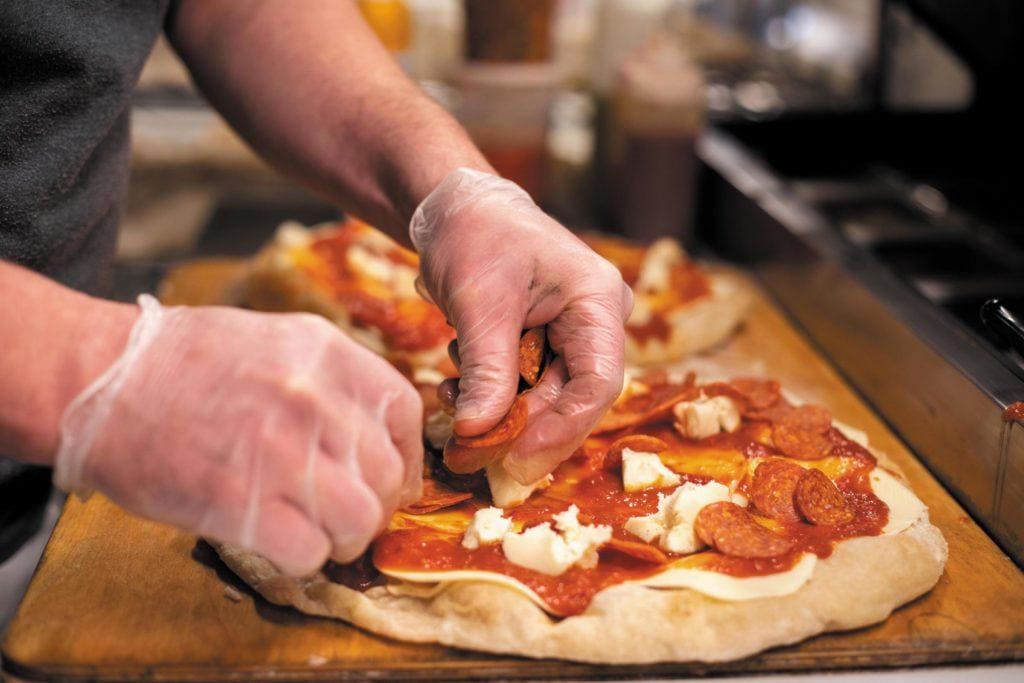
Historically, pinsa dough was made of flour ground from common Roman grains like spelt, millet, farro, and rice. Conventional pizza today is typically made from white flour alone, which can make a pizza heavy and hard to digest.
At the turn of the 21st century, Italian flour manufacturer DiMarco Flour Company resurrected a historic pinsa recipe and used it to develop a mix of wheat, rice, and soy flours—marketing it as a light, easily digestible, and flavorful alternative to pizza. Pizza eaters embraced the idea, and the company opened a pinsa-making school in Rome that Quattrucci attended in 2018.
Back at Monte’s, he raised his pinsa game by developing his own flour blend. “It took about a year to get it right,” he says. He avoided soy due to common allergies, started with wheat flour, added rice flour to absorb liquid, and tapped a local supply of spelt flour. Although shops across the country make pinsa, Monte’s is the only one Quattrucci knows of that makes its dough from an in-house grain blend.
Pinsa, though, is greater than the sum of its ingredients. Key to its success is how the dough is handled. It’s not slapped around, twirled in the air, or rolled with a pin. Instead it’s cold fermented, on individual sliding trays, for 72 hours. The long, slow fermentation helps the flavor develop. After three days, the dough is gently pushed into place by the maker’s fingertips and partially baked (at a lower temperature than conventional pizza) in the morning to set the dough’s structure by trapping in air bubbles. A second baking, done once customers order a pie and its toppings, results in a light, crispy crust and a soft, tasty interior.
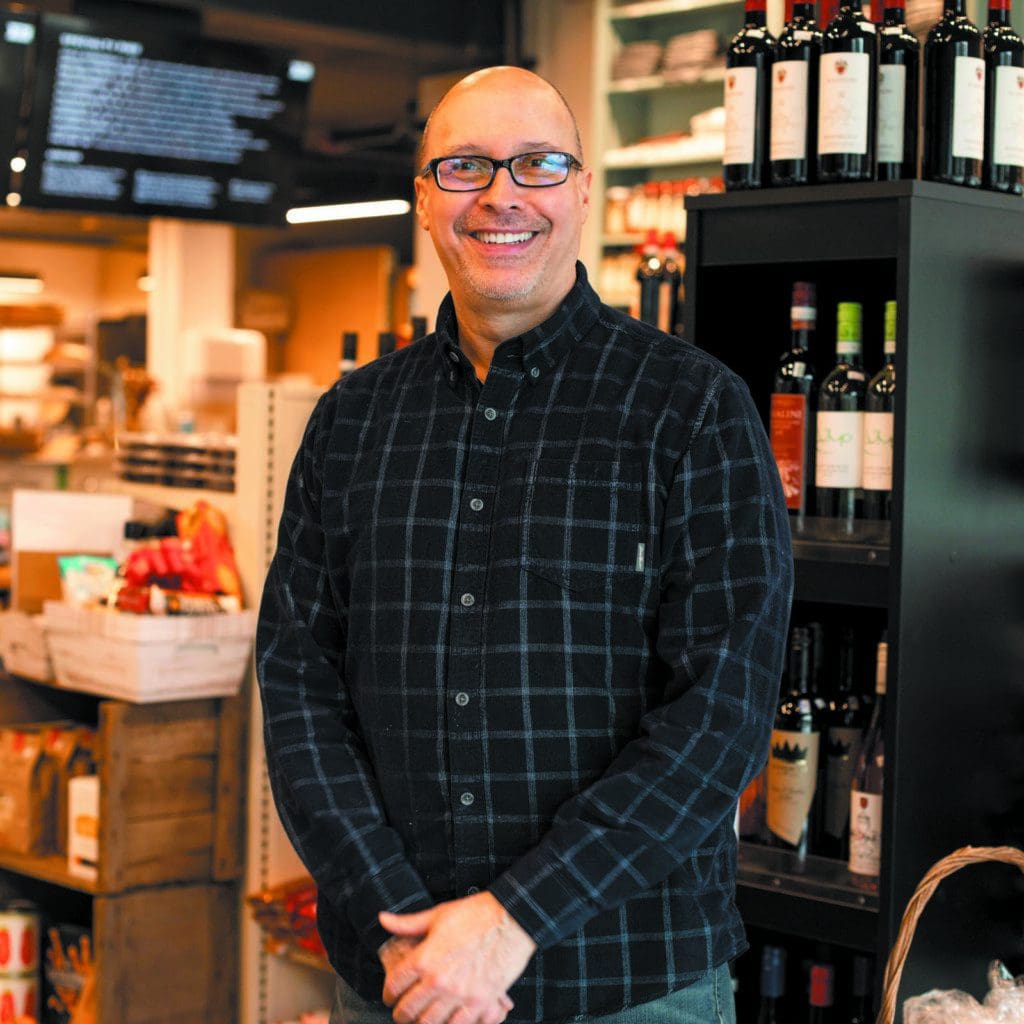
A human ingredient in Monte’s pinsa success is the part played by accomplished baker Pamela Fitzpatrick, formerly of Nancy Silverton’s famed La Brea Bakery in Los Angeles. She scaled Quattrucci’s pinsa recipe for three pounds of dough up to 250 pounds of dough for commercial use, and continues to oversee Monte’s baking program, making its cookies and custom desserts.
Despite a modern glass-and-steel façade and its curated displays of imported goods, Monte’s is not geared to be a high-end Italian shop.
“Our primary mission is to be a resource for the community … a place where people come and shop for dinner,” says Quattrucci.
He bristles at the prospect of being considered a precious spot, arguing that affordability and hospitality drive Monte’s ethos. “We’re a small market, but we price fairly,” he says, explaining that most specialty food stores mark up their products 50% or more. Amidst Monte’s exotic offerings like imported caper berries, there is local produce, flowers, pasta, meats, dairy, and grains. Quattrucci holds up pine nuts selling for half the price of those at specialty food stores.
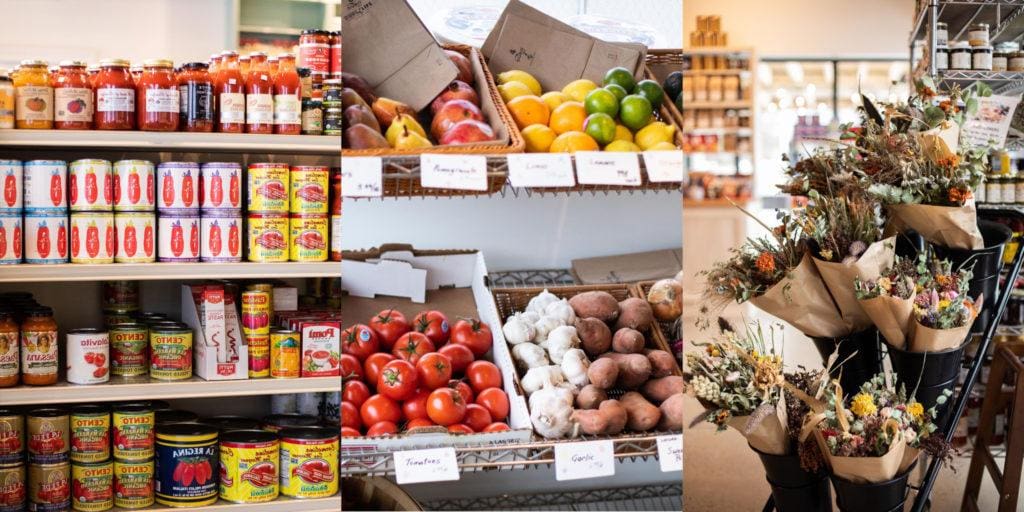
The strategy has paid off. “I turn over my product once a month … a good sign that people are seeing that value and are coming back.”
Monte’s represents more than a lesson in fine food commerce. It is an homage to Quattrucci’s Italian American roots; to his maternal grandfather, Ernest Monte; to the food-centric city of Portland; to Angelone’s Pizza where a boy learned to eat pizza; and to pinsa, Quattrucci’s one true culinary crush. And he’s truly crushed it.


































